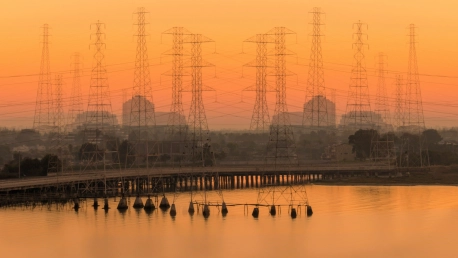California’s energy landscape is poised for a significant shift with the upcoming Cormorant Energy Storage Project. Developed through Arevon Energy and MCE’s collaboration, this project is introducing a colossal 250 MW standalone battery storage system based in Daly City. This strategic move comes as the state grapples with sharp fluctuations in energy demands throughout the day. The visionary Cormorant project is set to revolutionize the grid’s stability. It’s designed to store excess energy when demand is low and discharge it during high-demand hours, thereby enhancing the grid’s balance and improving the reliability of renewable energy sources. This development not only promises a more efficient energy management but also marks a step forward in ushering in a greener, more sustainable energy future for California.
Enhancing Energy Availability
The crux of the Cormorant Storage Project is its ability to store excess energy when demand is low – often during the midday sun when solar production is at its highest. Then, as the sun sets and demand surges, the stored energy can be released back into the grid. This approach is pivotal in smoothing out the energy supply curve and ensuring that residents have access to power during high-demand periods, such as in the evenings. It’s a smart solution to the inherent intermittency of renewable power sources like wind and solar, making green energy more dependable.
Supporting Grid Stability and Reliability
The Cormorant Energy Storage Project offers significant strategic advantages, including enhanced grid stability and energy availability. This project serves as a crucial buffer for the electricity grid, capable of delivering swift power injections when unexpected demand surges or supply shortages occur. Such responsiveness is particularly critical in California, a state frequently beset by intense heat waves and various climate-induced stressors on its energy systems. Cormorant’s robust energy storage capabilities are therefore imperative for maintaining grid integrity and avoiding outages.Moreover, as California continues to move away from fossil fuels, this large-scale storage initiative is key to ensuring a resilient operational grid system, lessening the state’s dependence on traditional peaker plants that run on fossil fuels.









